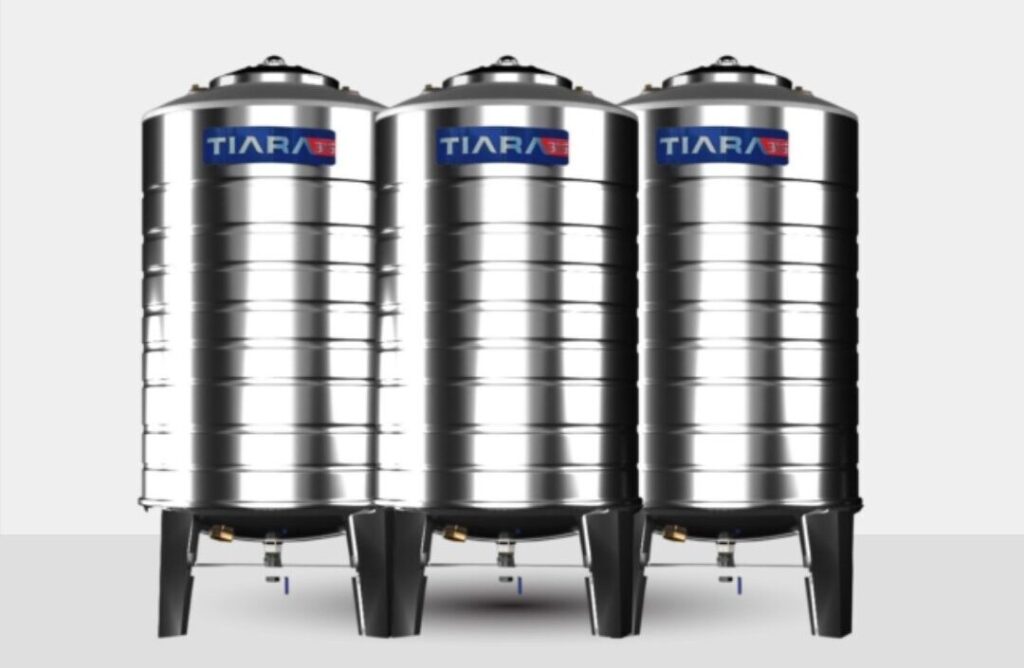
Stainless steel water tanks are becoming increasingly popular due to their durability, hygiene, and environmental benefits. However, like many innovative products, they are surrounded by myths and misconceptions that can deter potential buyers. Let’s explore and debunk five of the most common myths about stainless steel water tanks.
Myth 1: Stainless Steel Tanks Are Too Expensive
One of the most widespread myths is that stainless steel water tanks are prohibitively expensive. While the upfront cost might be higher compared to alternatives like plastic or concrete tanks, stainless steel tanks offer better long-term value. They are incredibly durable, requiring minimal maintenance and rarely needing replacement. Over time, the cost-effectiveness of stainless steel far outweighs its initial price tag.
Myth 2: Stainless Steel Rusts Easily
Many believe that stainless steel tanks are prone to rust. This misconception likely stems from confusion with regular steel. In reality, stainless steel is engineered to resist corrosion due to the presence of chromium. When exposed to oxygen, chromium forms a protective oxide layer, making the tank highly resistant to rust, even in challenging environments. Proper care and installation only enhance this resilience.
Myth 3: Stainless Steel Tanks Alter Water Taste
It’s often assumed that stainless steel impacts the taste of stored water. However, stainless steel is inert and non-reactive, ensuring water remains pure and free from any foreign tastes or odors. Unlike plastic tanks, which can sometimes leach chemicals, stainless steel maintains the natural properties of water, making it ideal for drinking and cooking.
Myth 4: Stainless Steel Tanks Are Difficult to Maintain
Another common myth is that these tanks are high-maintenance. On the contrary, stainless steel is known for its low-maintenance properties. It’s easy to clean and does not accumulate algae or bacteria like some other materials. A simple rinse or periodic check for residue is usually enough to keep the tank in excellent condition for years.
Myth 5: Stainless Steel Tanks Are Not Eco-Friendly
Some people assume that stainless steel water tanks are harmful to the environment due to their manufacturing process. The truth is that stainless steel is one of the most sustainable materials available. It is 100% recyclable, and many tanks are made using recycled materials. Furthermore, their durability decreases the frequency of replacements, which helps to reduce waste.
Conclusion
Stainless steel water tanks stand out as a superior choice for water storage, offering unmatched durability, hygiene, and environmental benefits. While myths about their cost, maintenance, and properties persist, they fail to hold up against facts. Understanding the truth about stainless steel water tanks can help make informed decisions that prioritize both quality and sustainability.
If you’ve been hesitant about choosing a stainless steel tank, it might be time to reevaluate your options and embrace the long-term benefits they provide!


